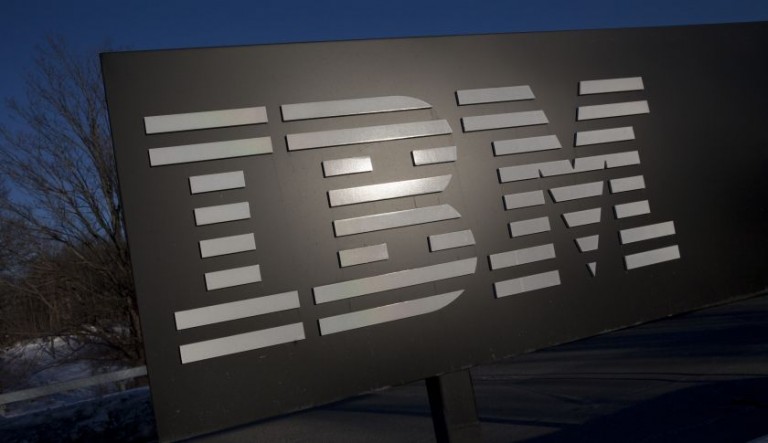
International Business Machines Corp. (NYSE:IBM) might soon make it possible for people to carry out health diagnostics in the comfort of their own homes courtesy of the firm’s latest breakthrough.
IBM recently achieved success in nano scale deterministic lateral displacement (DLD). This is a method used to separate DNA in fluid samples from viruses and other threats. The idea behind the breakthrough was to develop technology that can be used to catch any disease in its early stages so that treatment can be successful. Its aim was also to make it simple enough for it to be done at home, thus eliminating the need to go to a hospital where expensive tests are carried out. The company is working on a “lab-on-a-chip” technology that will allow the detection of viruses. People can use the technology to monitor their health from the comfort of their homes through saliva and urine analysis.
The “lab-on-a-chip” technology has the potential to significantly help in improving people’s health. IBM claims that the technology can detect cancer in its early stages. This means more cancer cases will be caught early which makes it easier to treat. The company claims that prototype chips will be ready in the next three to five years. DLD technology is not new. In fact, it has been around for about a decade and IBM has been working on refining the technology. The company is currently working on packaging the technology onto a chip measuring 2 centimeters square.
The chip sorts out particles including cells based on the size of the silicon pillars in the chip. Small particles in the sample fluid are passed to one side while larger particles are routed to the other side. Joshua Smith who is a researcher at IBM stated that it is more about separating biological entities. The company managed to bring down the size of the particles being sorted to 20 nanometers which is the current limit of IBM’s sorting. The size is, however, small enough to support the identification of markers associated with cancer and viruses.




